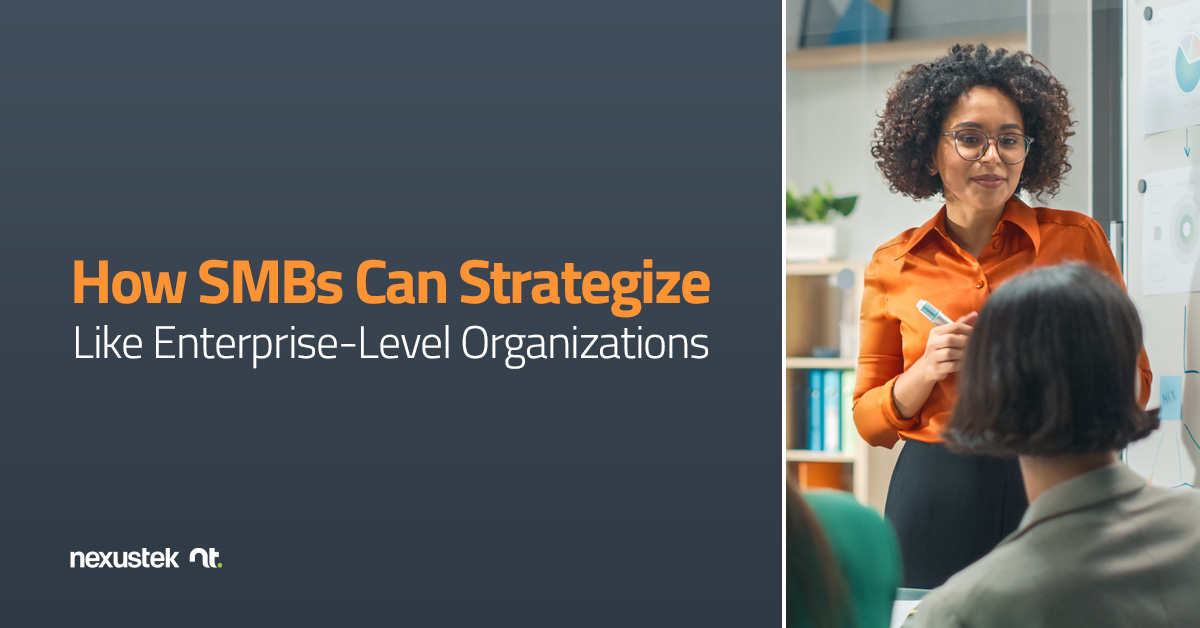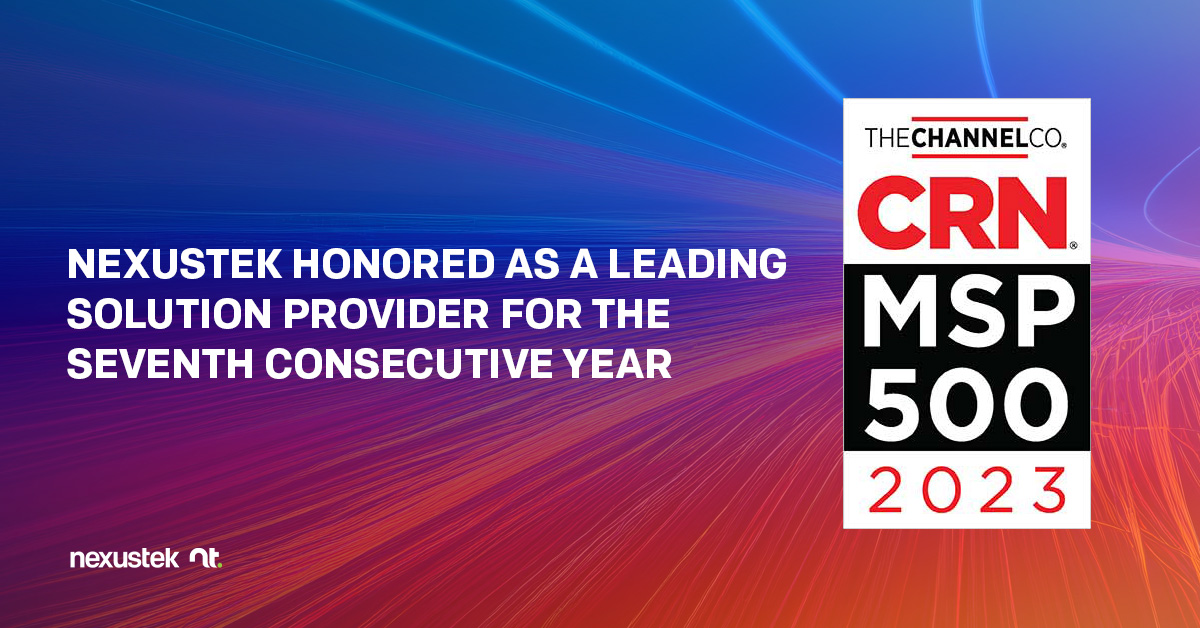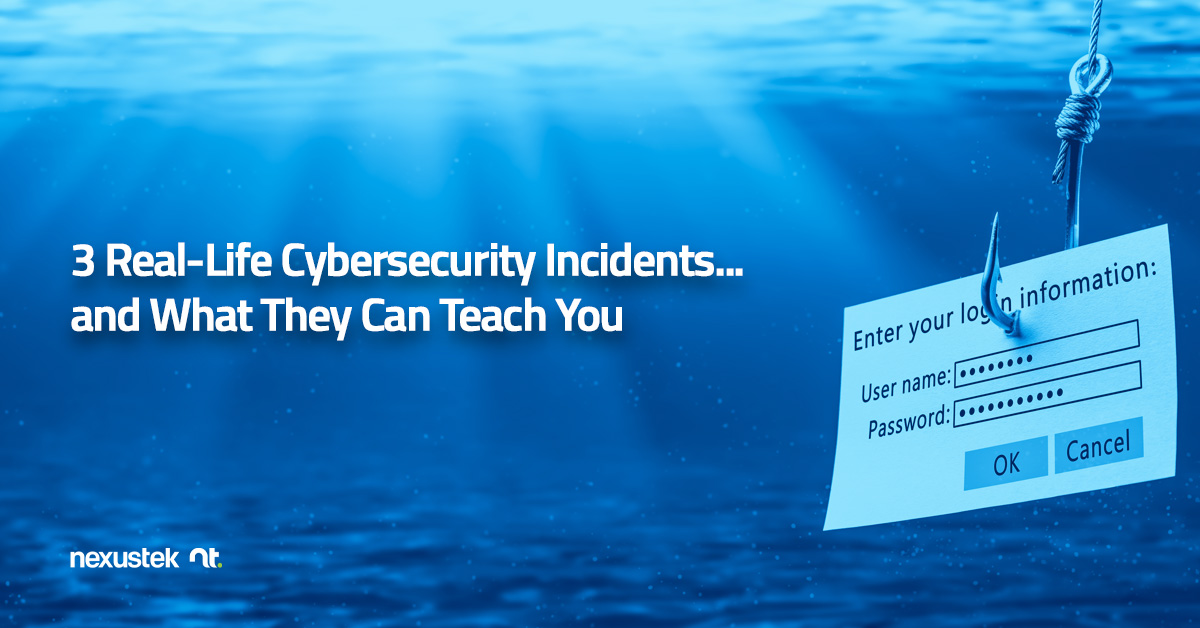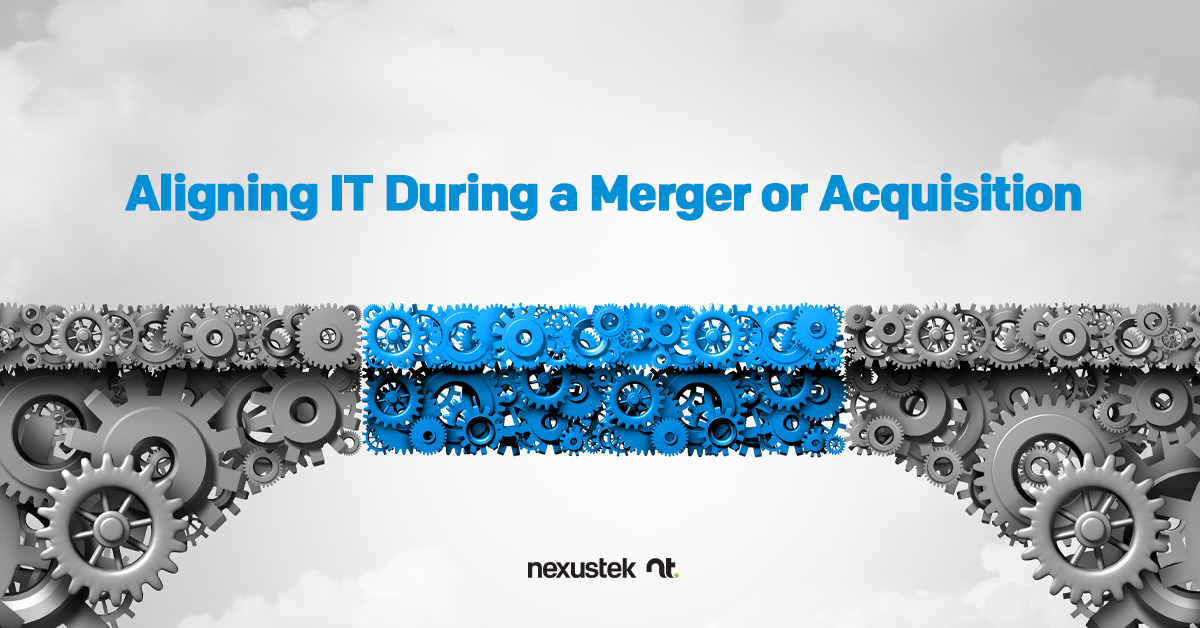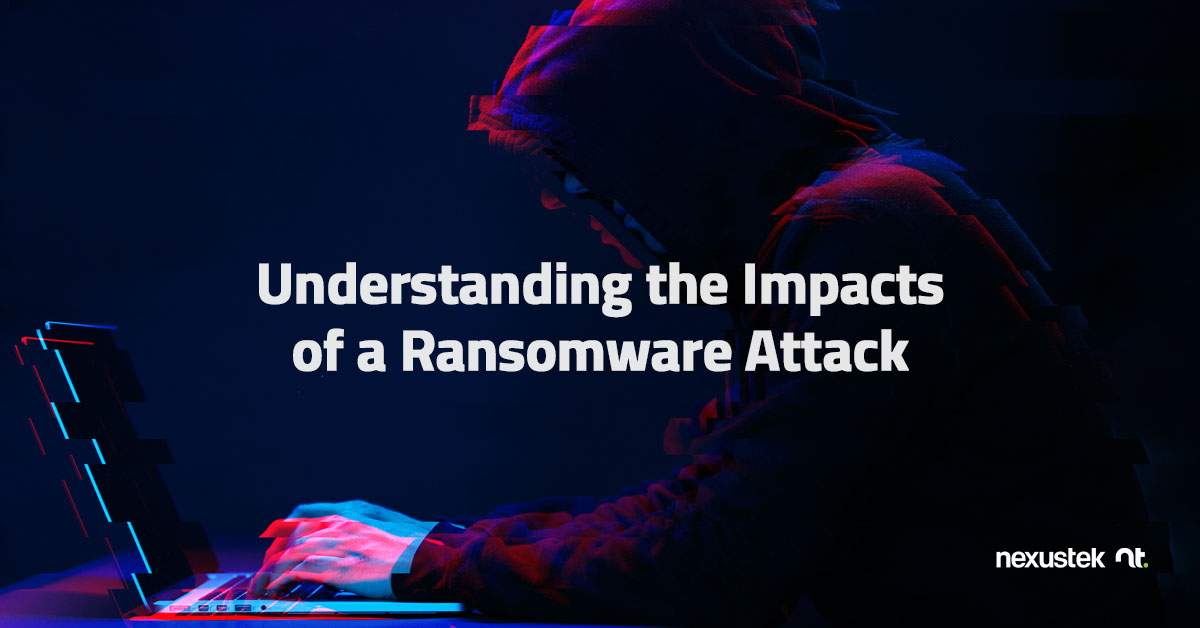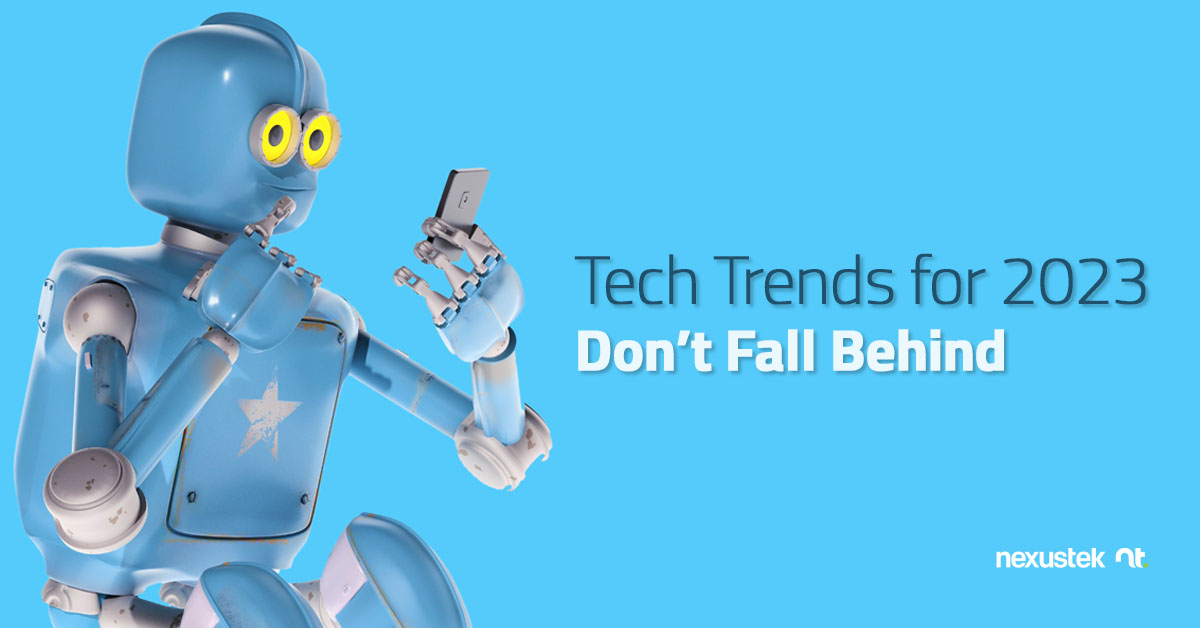READ TIME: 4 MIN
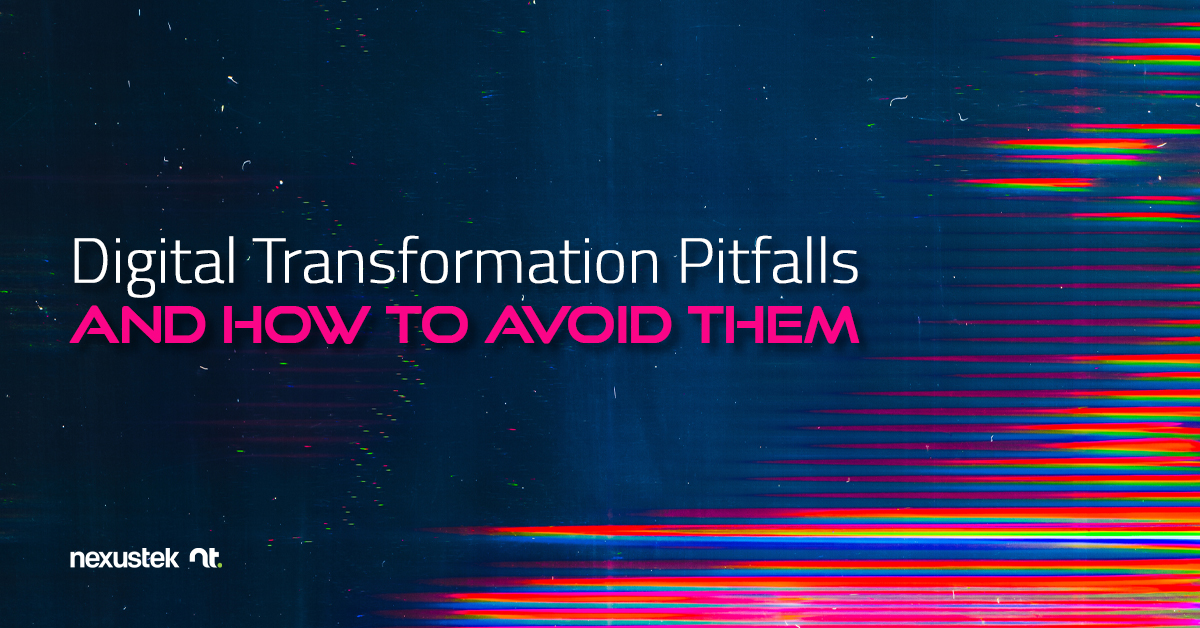
Digital Transformation Pitfalls—And How to Avoid Them
Digital transformation is a broad term that refers to the use of digital technologies to accelerate business performance. Although at its most basic level, digital transformation entails movement from paper-based systems to digital, the connectivity enabled by cloud computing, along with technologies like AI and mobile devices, have created a world of possibilities for companies in terms of customer reach and satisfaction.
Enticed by these possibilities, many companies have jumped eagerly into digital transformation, only to find disappointment. It is estimated that as many as 70% of digital transformations fail, at least in their initial implementation1. To help your business avoid the costly failures other companies have experienced, we’ve compiled the following list of common missteps to avoid when planning and implementing your digital transformation:
Lack of Clear Goals
Digital transformation is not an end in itself; it is a process that should be targeted at improving your company’s capabilities to accomplish one or more specific business goals. Such goals are often primarily tied to enhancing customer experience, but they may also be aimed at improving cross-departmental communication, improving collaboration with external partners, increasing operational efficiency, or reducing costs. When digital transformation efforts are not aligned with specific goals, an expensive failure is almost a certainty. Revlon’s high-profile digital transformation debacle of 2018 was partially due to lack of clear vision for the project, and their stock fell 6.9% in the 24 hours after the failure was publicly announced2.
What to Do About It
- Establish specific business goals that digital transformation can enable
- Develop IT strategy that clearly links new technologies with specific business goals
- Get business leaders and technology leaders “on the same page” regarding digital transformation goals and strategy
Choosing the Wrong Technology
This mistake can result when digital transformations lack specific goals, but it can also occur if you become infatuated with a specific technology just because it strikes your fancy. Some refer to this as “shiny object” syndrome, and any of us can be prone to it. However, it is essential that the tech you implement aligns closely with your identified goals for digital transformation, making it vital that you set aside any personal biases and choose the best-fit technology for your goals.
What to Do About It
- Use team-based decision-making to prevent undue imposition of any one individual’s biases
- Consider pros and cons of multiple solutions, technologies
- Include external consultant for an outside perspective
Ignoring Change Management Elements
The term “digital transformation” has an almost magical feel, but don’t let the mystique of the terminology fool you into thinking that the technology itself is all your company needs to be transformed. Digital transformation is a fundamentally human process, and we humans are creatures of habit. For some employees, habits related to current technology are hard to break, and you might see resistance or pushback to new technologies. Do not underestimate the risks of this pitfall—employee resistance to new tech is the #1 barrier to successful digital transformation3.
What to Do About It
- Enlist “early adopter” employees as change agents to encourage new tech adoption
- Involve employees in every phase of the digital transformation
- Make sure employees understand how the new tech will benefit them
Trying to Do Too Much Too Fast
Digital transformation is a complex process that needs to be completed thoroughly to succeed. The pressure to produce quick results has led many firms down the road to failure, as rushing the process can mean that employees are not sufficiently trained, and new systems are not tested thoroughly enough to identify glitches or points of failure. Even large companies like Haribo have had to learn this lesson the hard way. Their rushed digital transformation in 2018 resulted in supply chain issues that caused a 25% drop in sales4.
What to Do About It
- Create a realistic roadmap that includes time for all required phases, including staff training
- Prioritize your business goals rather than trying to do “everything” in one fell swoop
- Include sufficient time for systems testing before going live
Allocation of Insufficient Resources
This digital transformation misstep dovetails with the pitfall discussed previously, but it is an important issue to consider separately as well. Digital transformations cannot be completed in a half-hearted way by skimping on resources, which can happen even in resource-heavy environments. Hewlett-Packard’s famous digital transformation fail in 2004 is a prime example. Insufficient resource planning and poor coordination across departments resulted in the company losing about 5 times what it invested in its digital transformation5.
What to Do About It
- Create a realistic budget that includes costs of testing, training, and maintaining new systems
- Determine a realistic timeline that allows for all phases and occasional setbacks
- Consider external consultation to accurately scope and structure the project
NexusTek provides executive-level technology leadership services, strategic IT consulting and assessment, and ongoing managed IT services to support customers’ digital transformations from initial conception and planning all the way through implementation, testing, and maintenance.
Is your business ready to advance into new realms of possibility through digital transformation?
References:
1. Deloitte. (2020). Digital transformation: Are people still our greatest asset? https://www2.deloitte.com/content/dam/Deloitte/uk/Documents/about-deloitte/deloitte-uk-digital-transformation-are-people-still-our-greatest-asset.pdf
2,5. Global Digital Assurance. (2022, May 18). 5 high-profile digital transformation fails. https://www.globaldigitalassurance.com/5-high-profile-digital-transformation-fails/
3. Economist Intelligence Unit. (2018). In brief: Managing the pace of technological change. https://businessrealities.eiu.com/blog/wp-content/uploads/2018/04/Managing-the-pace-of-technological-change.pdf
4. Kimberling, E. (2021, April 8). Top 10 digital transformation failures of all time, selected by an ERP expert witness. Third Stage Consulting Group. https://www.thirdstage-consulting.com/top-10-digital-transformation-failures-of-all-time-selected-by-an-erp-expert-witness/








